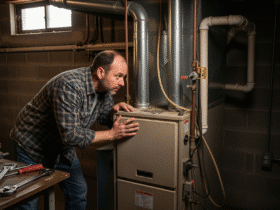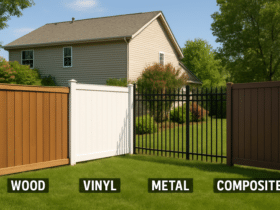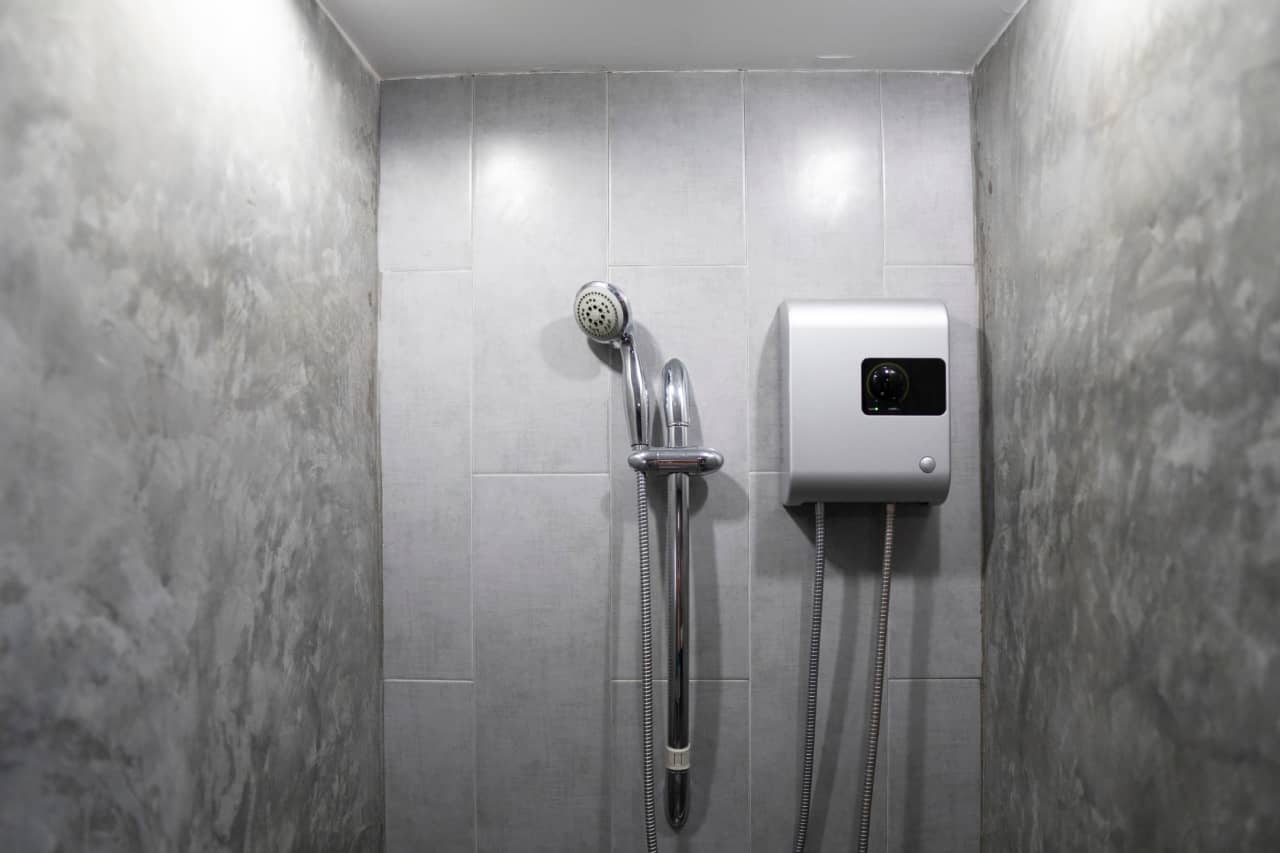When you’re planning a home renovation, a lot of things run through your mind. Will the new layout work? How long will it take? What will it cost? One question that may not immediately come to mind is if you need to test for black mold. While it might seem like an afterthought, black mold testing can be crucial in ensuring the safety and success of your renovation.

Here’s why you should consider testing before you start hammering away at your walls.
What Is Black Mold?
Before diving into the necessity of testing, it’s important to understand what black mold is and why it poses a threat. Black mold, also known as Stachybotrys chartarum, is a toxic fungus that thrives in damp, poorly ventilated areas. It often goes unnoticed, hiding behind walls or under flooring, where moisture fosters its growth.
Though not always visible, black mold can cause significant damage to your home. It can weaken structural components, such as drywall or wood, and compromise your home’s integrity. Mold can spread quickly, making it difficult to contain once it takes hold.
Why Testing for Mold Makes Sense
Testing for black mold might seem like an unnecessary step before a renovation, but it can save you a lot of headaches down the road. Renovations often involve removing or disturbing areas that could be harboring mold, so testing can help you catch hidden problems early on. By identifying the mold before starting your project, you can take steps to address it and prevent it from spreading.
Removing mold during a renovation is more complicated than simply giving it a quick scrub. If mold is left unchecked, it could spread to new areas as you work. Additionally, it could undermine the structural integrity of your home. Testing ensures you’re not unknowingly exposing yourself to mold spores that could cause harm or worsen existing health conditions.
Identifying Potential Mold Growth Areas
Certain areas of your home are more susceptible to mold. If you’ve experienced water damage from flooding or plumbing issues, those spots are prime candidates for mold growth. Mold can also develop in hidden areas, such as behind walls, under carpets, or in attics and basements, where moisture can accumulate unnoticed.
If your renovation plans involve these areas, getting a mold test beforehand is essential. It allows you to identify hotspots and fix the underlying moisture problem before you start tearing up floors or walls.
How Black Mold Testing Works
Black mold testing typically involves a few different methods, depending on the situation. A professional mold inspection helps detect hidden issues before they escalate. While the mold inspection cost varies, it’s a small price to pay for protecting your home and health.
A visual inspection is usually the first step. A trained professional will examine areas of your home for any signs of mold growth, such as discoloration or water stains. However, since mold often grows behind walls or under floors, this initial inspection might not uncover the full scope of the problem.
If visible signs aren’t found but you still suspect mold, air sampling or surface testing might be the next step. Air sampling tests the air quality in different areas of your home for mold spores, while surface sampling involves taking swabs from potentially contaminated areas to analyze the mold present. The results will tell you if black mold is present, and if so, how much and where it’s located.
Testing can be done by a professional, or you can opt for at-home test kits. While DIY kits might seem more convenient, professionals bring expertise and the tools needed to ensure a thorough investigation.
The Cost of Mold Removal and Remediation
If testing reveals that black mold is present in your home, you’ll likely face a costly remediation process. Mold removal isn’t a DIY job hiring a professional mold remediation company is the safest and most effective way to eliminate it. These experts will take the necessary steps to contain the mold, prevent it from spreading, and ensure the affected areas are properly cleaned and restored.
The cost of mold remediation can vary widely based on the extent of the infestation, the size of your home, and how difficult it is to access the affected areas. On average, mold removal can range from USD$1,000 to USD$9,000, with larger or more severe infestations potentially costing more. Areas that are harder to reach or that require significant structural repairs can push the cost even higher.
While the cost of remediation can be high, it’s worth it to remove the mold safely. Ignoring mold removal during renovation can result in long-term issues, such as structural damage, which could ultimately cost you even more.
Health Risks to Consider
Black mold is more than just a structural issue it can also pose serious health risks. Mold spores are microscopic and can easily spread throughout your home when disturbed. For individuals with respiratory issues, asthma, or weakened immune systems, exposure to black mold can worsen existing conditions and lead to new health problems.
Common symptoms of exposure to black mold include coughing, sneezing, eye irritation, and skin rashes. In severe cases, prolonged exposure can result in chronic sinus infections, asthma attacks, and long-term respiratory damage. Testing for black mold before starting a renovation ensures you’re not unknowingly exposing yourself or your family to these harmful spores.
Legal and Insurance Considerations
You should also consider the legal and insurance aspects before starting your renovation. If you’re planning to sell your home or seek insurance coverage, many insurers or potential buyers will expect you to have addressed any mold issues. In some states, laws require mold testing before renovations, especially for large-scale projects or water-damaged areas.
Testing also protects your investment. If mold is found during the renovation, it might affect your ability to get full insurance coverage for repairs. Addressing mold issues beforehand can help you avoid denied insurance claims or disputes related to mold damage.
Final Thoughts
Investing in black mold testing before renovating is smart for both your health and home. It prevents major issues later, ensuring a safer, smoother project. If you’ve had water damage or suspect mold, don’t skip the test especially in mold-prone areas like basements, kitchens, and bathrooms. Addressing mold early saves time, money, and stress.
Ready to start your renovation right? Get your black mold test done to ensure a hassle-free project!









